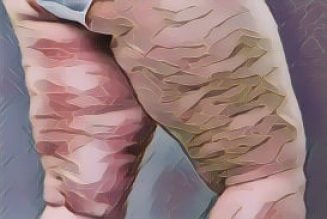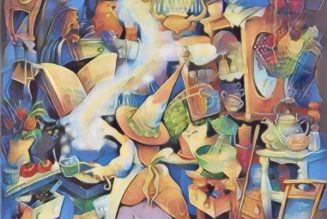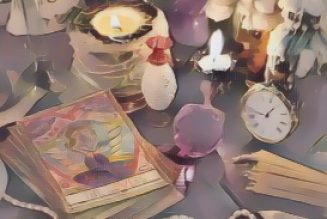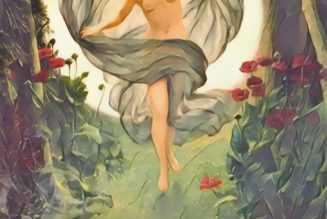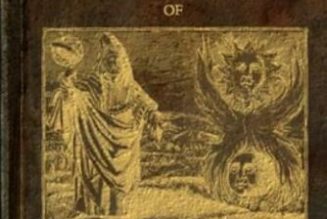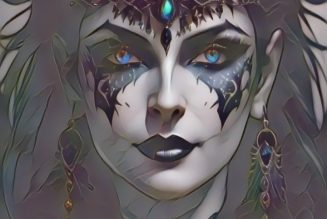Hawkins, Jane (17th century) Massachusetts midwife and healer expelled on suspicions of witchcraft in the delivery of a deformed, stillborn fetus.
The witchcraft accusations were mixed with a religious controversy affecting Jane Hawkins as well.
Hawkins, married to Richard Hawkins, was well known for her midwifery skills and medical remedies.
She also was associated with the Antinomians, a Quaker religious faction that became engaged in political controversy with the dominant Puritans.
The Antinomians were led by a woman, Anne Hutchinson. Hawkins served as midwife to a woman named Mary Dyer, a fellow Antinomian who gave birth in October 1637 to a deformed fetus called a “monster.”
Authorities declared that it was a sign of God’s displeasure with the Antinomians.
Animosity arose against Hawkins, Dyer and Hutchinson. It was said that Hawkins “had familiarity with the Devil” when she had lived in St. Ives, Cornwall, England, and would give young women oil of mandrake to make them conceive.
In March 1638, she was ordered “not to meddle in surgery, or physic, drinks, plasters, or oils, not to question matters of religion, except with the elders for
satisfaction,” according to official records.
In June 1638, Hawkins was ordered expelled from Massachusetts Colony Magical hare woman found abandoned beneath a Gypsy caravan in England;
in the collection of the Museum of Witchcraft in Boscastle, Cornwall Hawkins, Jane 155 or be severely whipped and punished by the court.
Her two sons took her away to live in Rhode Island.
She returned in 1641 and was banished a second time. Hutchinson also was banished in 1638.
Dyer left, but returned in 1659.
She was executed a year later for her Quaker faith.
The association of witchcraft with an unpopular religious practice followed European practices pursued by the Inquisition against heretics and others.
The Hawkins case was among the early witchcraft episodes in colonial New England.
Had it occurred later, when increasing anti-witch hysteria developed, Hawkins most likely would have been brought to trial and perhaps executed.
By the 1650s, Quaker woman missionaries were increasingly linked to witchcraft.
Two missionaries, Mary Fisher and Ann Austin, were stripped of their clothing by authorities and searched for witch’s marks.





